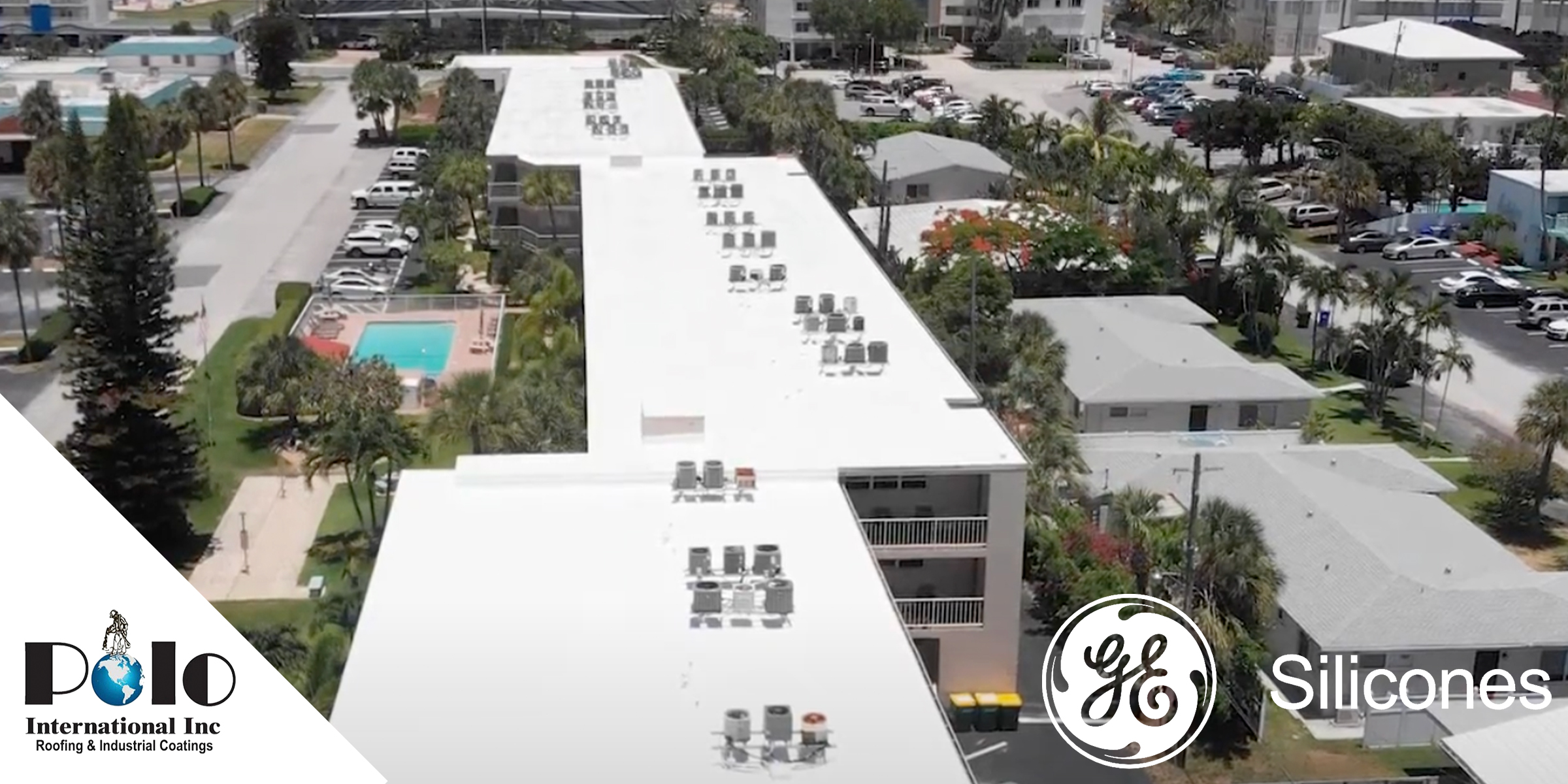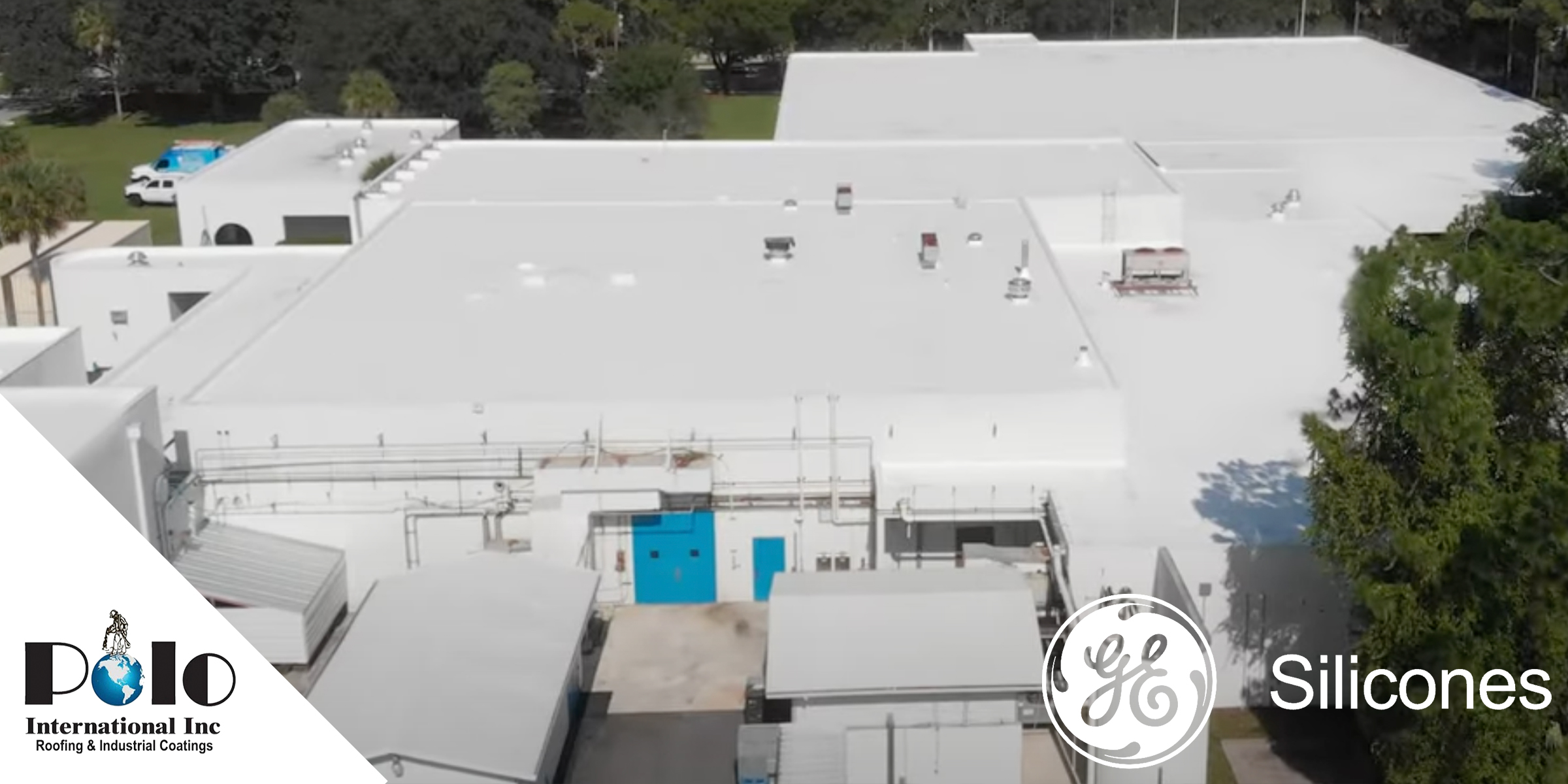
Reducing Building Carbon Footprint Through Spray Foam Roofing: Protecting Your Roof During Extreme Weather
Could spray foam roofing be the key to a greener future for your commercial building? Property owners and managers must explore sustainable options to enhance the energy efficiency of buildings, especially as environmental awareness and the demand for winter roof protection strategies increase. Spray foam roofing systems, with their polyurethane roof coatings, offer robust insulation solutions that stand out in reducing energy consumption.
The benefits of spray foam roofing extend beyond environmental impact; they also provide financial advantages. Improved energy efficiency directly results in reduced utility costs. Additionally, sustainability increasingly interests tenants, potentially enhancing property value. Trusted manufacturers like GE Silicone, Carlisle, HENRY Co, and Everest Systems meet these demands with advanced spray foam products expertly applied by Polo International.
Across the United States, from New York’s bustling streets to Los Angeles’s sunny skies, adopting spray foam roofing caters to both energy efficiency and the need for protecting roofs during extreme weather. Discover how spray foam roofing can minimize your building’s carbon footprint and provide long-term economic benefits.
Impact on Carbon Footprint and Roof Protection
Spray Foam Roofing systems significantly reduce a building’s carbon footprint, primarily due to their insulation properties and energy efficiency gains. When applied to commercial roofing, spray polyurethane foam (SPF) creates a comprehensive thermal envelope, minimizing heat transfer between the building and its environment.
Maintaining a consistent internal temperature is crucial for energy efficiency in climates from New York to Chicago. SPF roofing reduces HVAC reliance by creating a stable indoor environment, reducing energy consumption and associated carbon emissions.
SPF roofing systems also reduce carbon footprints by proving longevity and durability; a well-maintained roof can last over 30 years, minimizing replacements and repairs common with traditional roofing. This reduces material waste, manufacturing impacts, and transportation emissions—key factors in an overall lowered environmental footprint.
The manufacturing process of SPF by GE Silicone, Carlisle, HENRY Co, and Everest Systems is designed to be environmentally friendly, using advanced production techniques to lower environmental impact. The absence of seams in SPF application reduces moisture accumulation and mold growth, eliminating the need for chemical treatments that contribute to environmental degradation.
For managers and building owners nationwide, embracing spray foam roofing means potential savings on operational costs while addressing carbon footprints. This approach is crucial as climate change effects become more pronounced.
Implementation: Steps Toward Sustainable Roofing
A structured plan is essential for successful spray foam roofing implementation to reduce a building’s carbon footprint:
1. Assessment and Planning: Consult a roofing expert to assess your current system and climate-specific needs.
2. Material Selection: Choose products from reputable manufacturers such as GE Silicone, Carlisle, HENRY Co, and Everest Systems known for longevity and performance.
3. Roof Preparation: Ensure adequate surface preparation for effective adhesion and long-term performance.
4. Application Process: Hire certified applicators to guarantee the spray foam coating is applied consistently and effectively.
5. Thickness and Coverage Optimization: Adjust thickness based on energy goals and climate considerations for maximum insulation.
6. Quality Assurance: Conduct thorough inspections to ensure quality and adherence to standards.
7. Maintenance and Monitoring: Implement regular maintenance and performance tracking to sustain SPF roofing benefits.
8. Building System Integration: Coordinate SPF roofing with systems like HVAC to optimize energy use.
Monitoring Progress
Continuous monitoring through energy audits, thermal imaging, and real-time dashboards helps evaluate progress in reducing carbon footprints. Feedback from building occupants and collaborations with manufacturers ensure the SPF roofing meets sustainability goals.
FAQs
Are there measurable emission reductions with SPF roofs?
Yes, SPF roofing significantly reduces emissions by improving a building’s insulation and decreasing heating and cooling needs, directly lowering energy use.
What carbon-neutral strategies are supported by spray foam roofing?
SPF roofs enhance energy efficiency and reduce reliance on fossil fuels, supporting carbon-neutral efforts and minimizing landfill waste.
Summer Roof Maintenance Tips
For optimal performance, inspect for damage, clean surfaces, check drainage systems, and schedule professional inspections to identify potential issues.
What products are used?
Trusted manufacturers like GE Silicone, Carlisle, HENRY Co, and Everest Systems meet these demands with advanced spray foam products expertly applied by Polo International.
Embracing spray foam roofing aligns with sustainable practices crucial in today’s environmental landscape. It provides effective insulation, reduces reliance on HVAC systems, and lowers energy consumption, achieving substantial carbon emission reductions. Partnering with manufacturers like GE Silicone, Carlisle, HENRY Co, and Everest Systems, building owners can optimize sustainability efforts. Through strategic implementation and maintenance, spray foam roofing is integral in reducing commercial buildings’ carbon footprints while driving environmental stewardship and financial savings. Trust Polo International for your roofing needs.


